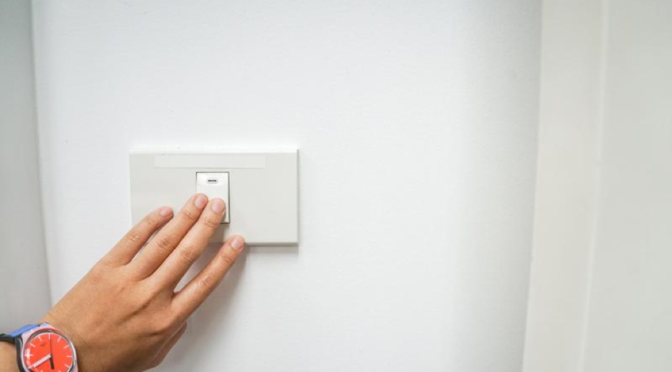

04
Jun,2019
Unlike some homeownership costs such as your mortgage and taxes, your energy bill is an item that can be influenced greatly by your actions. Your heating and cooling systems are the major users of energy in your home, but many other appliances like washers, dryers, water heaters, light fixtures and other items are all running up your bills. The good news is that you can take action now to reduce these costs by instituting these home improvement projects.
Low-flow is a blanket term used to describe various fixtures, such as faucets, toilets, showers and other plumbing items, that utilize a reduced flow of water in their operations. These low-flow systems use stream control, pressure adjustment, and aeration to limit water flow without compromising your shower experience. Much of the water used in traditional fixtures is wasted and just runs down the drains or through the pipes. By using a low-flow fixture, you can save energy, water and money.
If you live in a dry and hot climate, you may want to consider trading out your window unit for an evaporative (swamp) cooler. These coolers work by evaporation, so the system won’t work very well if the air is already humid. However, if your humidity is usually below 50%, then using a swamp cooler can save you money. You can save up to 75% on your utility bill if you switch these cooling systems. These coolers come in window units or whole system units. If you have a bigger home, a whole system unit is probably a better choice. If your home is over 1,500 square feet, you may need more than one whole system unit.
Installing a programmable (smart) thermostat is one of the easiest and most inexpensive ways to reduce your utility bills. Smart thermostats not only provide more convenient control of the household temperature, but also can help conserve energy and reduce your monthly bill. Lowering and raising the thermostat settings just a couple of degrees for certain periods of time can produce significant savings.
If you are going to be away from the home for extended lengths during the day, then you can set the thermostat up or down a couple of degrees to match the season. In the summer, set the thermostat higher by several degrees during the day while you are away. Lowering the thermostat at night during the winter will save money too. Simply program the thermostat for these preset conditions. You can also change the settings through your smartphone while away.
It is certain that newer appliances with high energy-saving ratings will save you energy and money. However, you will want to weigh the up-front cost versus the yearly savings when considering major upgrades like a heating and cooling system or a refrigerator. If your unit or system is at least 10 years old, then it is a good idea to replace it because it probably does not have many more years of use left. And the newer units and systems will be much more energy-efficient. If your items are only a few years old, then you will not see as much reduced energy to offset your initial expenditure.
Using an electric or gas dryer can add significantly to your overall utility costs. The California Energy Commission estimates that the average load of laundry costs $0.32 to $0.41 with an electric dryer and $0.15 to $0.33 with a gas dryer when drying. But the good news is that the solution to reducing this cost is easy and cheap to do! Simply hang out your clothes to dry, either inside or outside. Your preferences and situation will dictate if you use a clothesline outside or use a line or rack inside. Clothes dried outside smell fresher, but just be careful about fading if they’re left in direct sun.
No matter whether you can take big or small steps to save energy in your home, you will still be able to impact your energy usage and subsequent utility costs. Each home and lifestyle is different, but we all can save energy and money by making just a few changes in our homes. This is good for your pocket and good for the environment.
There are so many different areas of homeownership to pay attention to, and moving can be one of the most stressful. If you are preparing for a move, check out some of our specials to see if we can help!